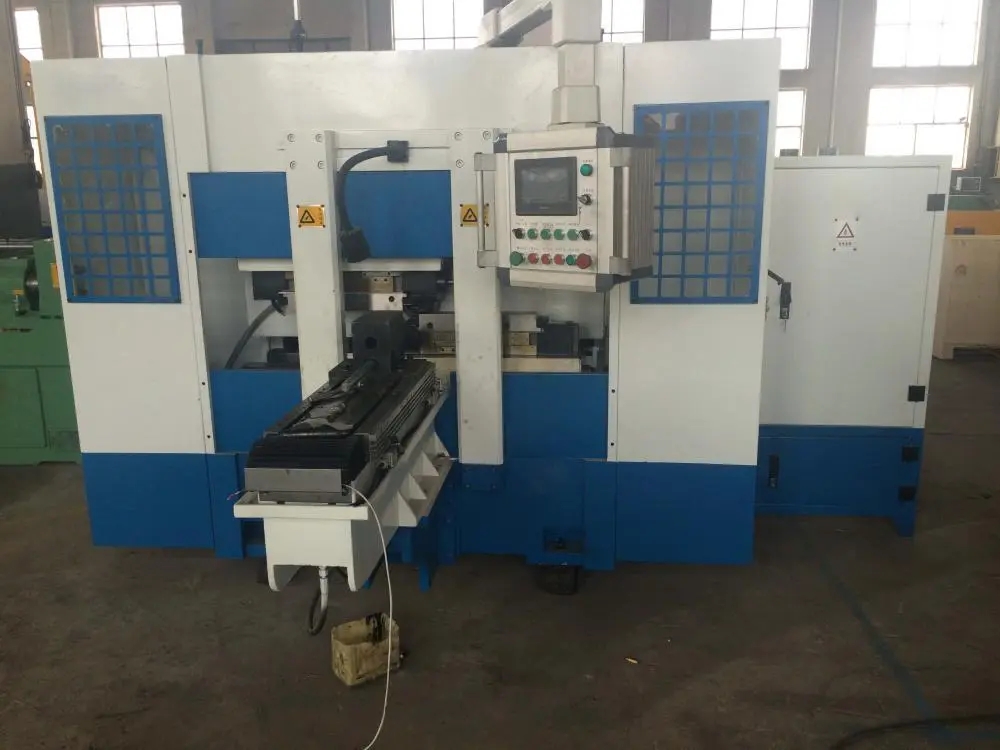The Straight Seam Tube Rolling Mill An Overview
The straight seam tube rolling mill is a vital piece of equipment in the manufacturing of cylindrical tubes and pipes, characterized by a seamless production process that involves forming flat steel strips into tubes and welding them along the seam. This technology is central to various industries, including construction, automotive, and energy, where strong and reliable tubular products are required.
The Process of Tube Production
The production of straight seam tubes begins with cold or hot-rolled steel strips. These strips are fed into the rolling mill, where they undergo a series of mechanical processes. The first step is the forming operation, where the strip is gradually rolled into a cylindrical shape. The edges are then brought together to form a seam. The precision of this operation is crucial; any misalignment can cause defects in the finished product.
Once the tube is formed, it typically moves to a welding station. The most common welding methods used in straight seam tube production are High-Frequency Electric Resistance Welding (HFERW) and Laser Welding. HFERW uses electromagnetic induction to heat the edges of the tube until they reach welding temperature, allowing them to bond together. In contrast, laser welding employs a focused laser beam to achieve a high-precision joint. The choice of welding method can significantly affect the strength and integrity of the finished tube.
Benefits of Using a Straight Seam Tube Rolling Mill
One of the primary advantages of using a straight seam tube rolling mill is the efficiency of the production process. Unlike traditional methods, which might require additional steps for forming and welding, modern mills integrate these processes, allowing for continuous production. This integration reduces labor costs and enhances productivity, making straight seam tubes more economical to manufacture.
straight seam tube rolling mill
Moreover, straight seam tubes exhibit superior mechanical properties, including tensile strength and ductility. The welding techniques employed ensure that the seam is robust, often stronger than the material itself, which is crucial for applications in high-stress environments such as oil and gas pipelines, structural supports, and automotive parts.
Another benefit is the versatility of the equipment. Modern straight seam tube rolling mills can produce tubes of various diameters and wall thicknesses, depending on the requirements of specific applications. This adaptability is important in meeting the diverse needs of different industries, enabling manufacturers to cater to a broader market.
Challenges and Considerations
Despite the evident advantages, operating a straight seam tube rolling mill also comes with challenges. For instance, maintaining the precision and quality of the formed tubes requires regular calibration and maintenance of the machinery. Additionally, the welding process must be closely monitored to prevent defects such as incomplete joints or excessive heat-affected zones, which can weaken the tube.
Furthermore, market trends and regulatory requirements can impact production. Manufacturers must stay informed about advancements in materials and technology, as well as changes in industry standards. Continuous investment in research and development is essential to remain competitive in an evolving marketplace.
Conclusion
In summary, the straight seam tube rolling mill plays a crucial role in the efficient and economical production of high-quality tubular products. With its integrated process for forming and welding, it offers numerous benefits, including reduced production costs and enhanced mechanical properties. However, manufacturers must remain vigilant in addressing the challenges associated with precision and market fluctuations. As industries continue to evolve, the straight seam tube rolling mill will remain an essential component of modern manufacturing, ensuring that businesses can meet their demands for strength, reliability, and versatility.







